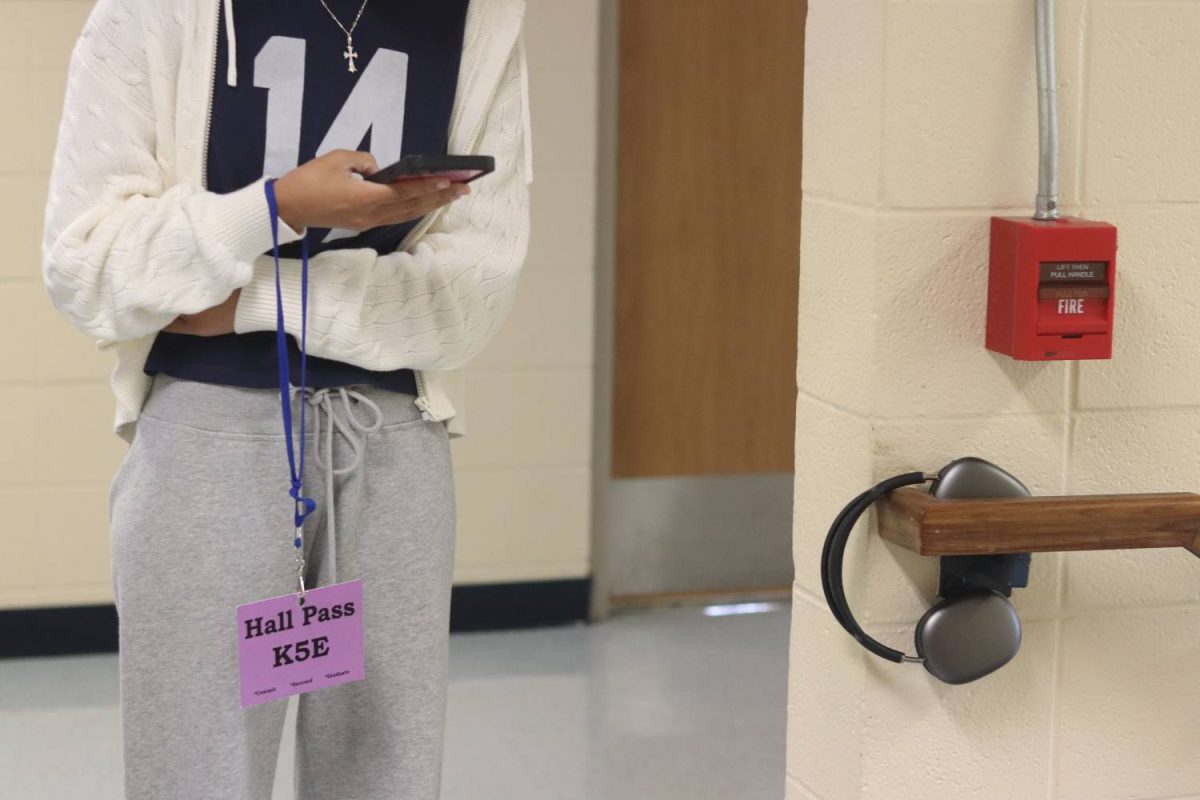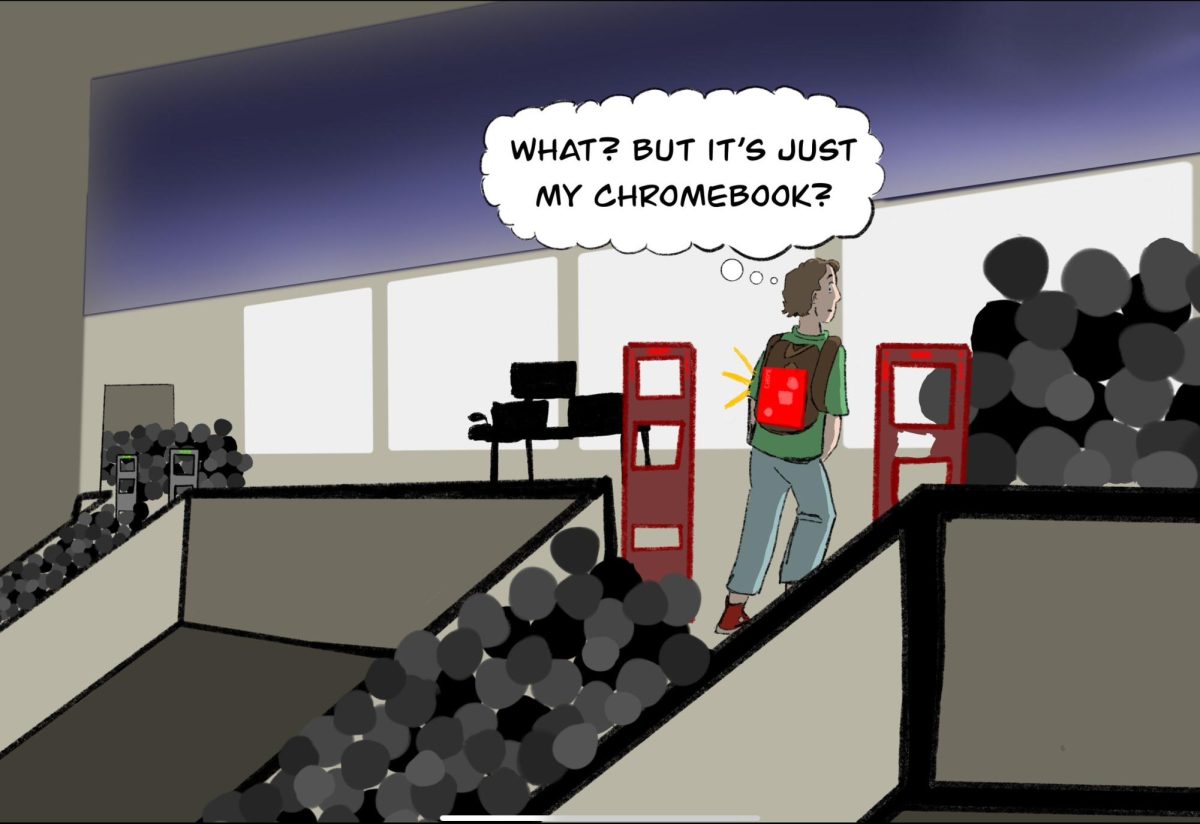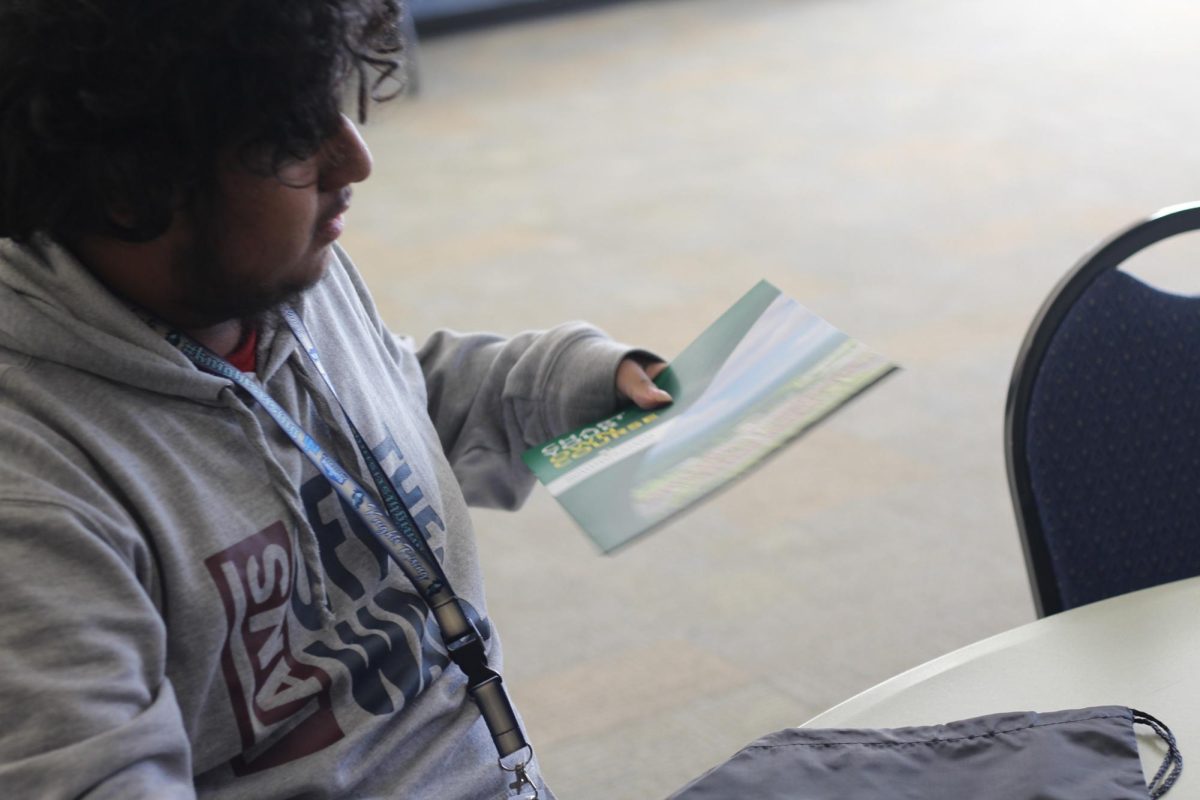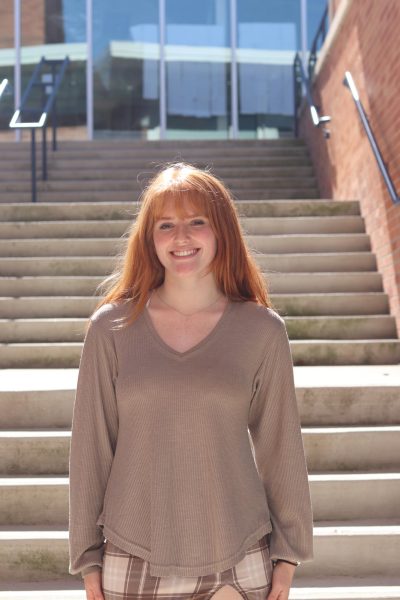Almost every class period, it feels like there’s one student who takes the pass for over half the class period. Then, teachers are faced with a long line of students asking to use the bathroom, and all while the same student is out of the classroom for way too long.
In order to amend problems like these, the Loy Norrix administration is piloting a program called Minga in select classrooms.
Minga advertises themselves as “All-In-One Campus Management,” where students use the Minga Digital Hall Pass.
Many teachers volunteered to test out the program, including English teacher Brianna English. She personally struggles with controlling students coming in and out of her classroom and hopes that the new system will help her with that.
“There have been times in the past where I felt like it’s been hard for me to monitor, especially in large classes, when students are repeatedly taking the pass and missing class for a long period of time,” said English.
The Loy Norrix staff is hopeful that the system will not only make it easier for staff to manage bathroom passes, but to also increase the amount of time that students spend in class.
“Right now it’s really hard to say how long students are outside of the classroom. And that’s really difficult because no one is tracking students who are using the pass for over 10 minutes everyday in every class,” said social studies teacher Kyle Shack.
Currently – At the moment – Right now, teachers have no idea if students actually have to use the bathroom, or if they’re just trying to skip class. With this new system, they will.
“We would utilize students’ Chromebooks, so it’s a centralized system in which from the administrative level we would be able to set a limit of how many kids could be in the hallway at one time,” said Principal Christopher Aguinaga.
The application would be connected to Clever through which students would open the Minga app to request a bathroom pass.
“It would give them an approval or a denial on their screen, and the approval/denial is based on a couple of factors.” said Aguinaga, “How many people are out in the hallway at one time, if they were identified as someone who has been abusing the system and if we know that two individuals like to go meet up and vape in the bathroom, we won’t let them be out at the same time.”
The reason why administrators are looking into fully implementing this program is simple: teachers have too much on their plate.
Whether it be instructional time, individual work time or a test, it’s very difficult for teachers to keep constant track of up to 35 students in a single class, not to mention the 18 hundred students administrators have to keep track of.
“Loy Norrix is closer to the size of a small city, and when you’re managing 18 hundred humans, just figuring out a better way to do that is crucial,” said Shack.
As of Sept. 21, Aguinaga has purchased a pilot version of the app and is in the beginning stages of training teacher volunteers to begin a trial run in classes.
“If the pilot shows that it’s better for kids, and for the whole school, then the goal would be to expand it,” said Aguinaga.
Students can expect to see changes in select classrooms in the coming months. Teachers and administration alike hope that this new program will alleviate some of the pressure caused by students consistently leaving the classroom for extended periods of time.









